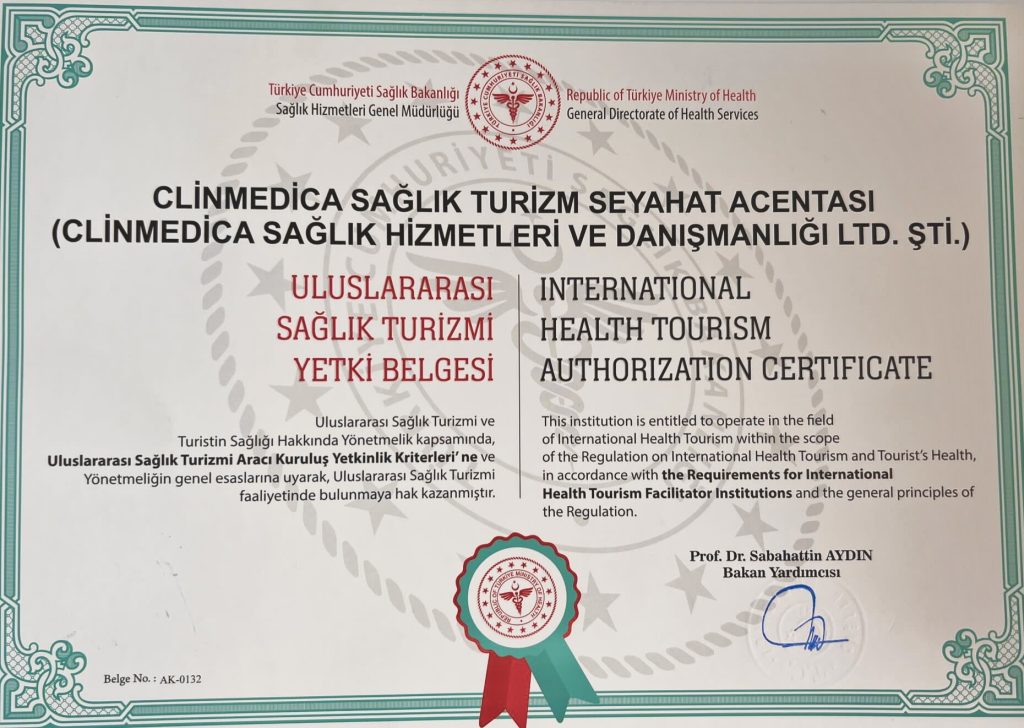Proper post-surgery care is crucial for achieving the best results from your hair transplant. This guide will help you navigate the first few weeks after your procedure, ensuring optimal healing and hair growth.
Initial Observations and Care
Upon waking the day after your hair transplant, you may notice some fluid and minor blood on the neck bandage and pillow. This is a normal part of the healing process and should resolve within the first 24 hours. There’s no need for concern.
Hair Washing Instructions
1. When to Start Washing:
- Begin Washing: Start washing your hair two days post-procedure (e.g., if your surgery was on Monday, begin washing on Wednesday).
- Frequency: Wash your hair once daily, preferably before bedtime.
2. Washing Procedure:
- Foam Spray Application: Apply foam spray specifically to the transplanted area. Allow it to remain for 30-45 minutes before gently washing it off. Use your hand to help remove the foam.
- Shampooing:
- Donor Area: Gently apply shampoo to the donor area and massage with your fingers.
- Transplanted Area: Create a foam with your hands and apply it to the transplanted area. Wash delicately without massaging during the first seven days.
3. Water Temperature and Drying:
- Water Temperature: Use warm water for washing. Avoid hot or cold water, as extreme temperatures can damage the grafts.
- Drying: Pat your hair dry using a paper towel. Avoid using a hairdryer.
- Managing Itching and Pain: If you experience itching or mild pain, apply the foam gently to soothe the area.
4. Post-Wash Care:
- Massage: After the 10th wash, you can start gently massaging the transplanted area. Increase the intensity gradually.
- Documentation: After the 12th wash, take clear photos of your hair from various angles and send them for evaluation.
General Post-Transplant Guidelines
- Sleeping Position: Lie on your back during the first week to avoid disrupting the transplanted area.
- Forehead Band: Wear the forehead band for the initial two days to support the healing process.
- Lifestyle Restrictions:
- Smoking: Avoid smoking for the first three days.
- Alcohol and Sexual Activity: Refrain from alcohol and sexual activity for the first seven days.
- Dust and Impact: Stay away from dusty environments and protect your head from physical impacts.
- Physical Activities: Avoid sports, fitness, swimming, and sunbathing for at least one month post-surgery.
- Haircut and Styling: Use scissors for haircuts during the first six months. Avoid clippers, and wait six months before applying hair color.
Managing Common Post-Transplant Symptoms
- Itching and Swelling: Mild itching and swelling are normal and should subside within the first ten days.
- Scarring: With the FUE technique, scars are minimal and typically fade within 15 days to a month.
- Hair Growth Timeline: Donor areas should return to normal density within 2-6 weeks. New hair growth will start at 3-4 months, with full results becoming evident by 12 months. Maximum results may take up to 18 months, especially for the apex.
Frequently Asked Questions
-
When Will Hair Start Growing?
- Hair growth in the donor area should normalize within 2-6 weeks. New hair will begin emerging at 3-4 months, reaching about 70% growth by 6 months and 100% by 12 months. Full results may take up to 1.5 years.
-
Will There Be Scarring?
- The FUE technique minimizes scarring. Any small scars in the donor area should fade within 15 days to a month.
-
How Can I Support Long-Term Hair Growth?
- Use ClinMedica support products as recommended. Follow all post-care instructions to enhance and maintain your results.
Additional Tips
- Shampooing: Continue using the special shampoo provided until the bottle is empty. Transition to a chemical-free herbal shampoo after 14 days.
- Drying and Moisturizing: After washing, gently pat your hair dry with a paper towel. Apply moisturizer to the scalp until scabs fall off.
- Antibiotic Cream: Apply antibiotic cream (such as Fusidin or Bacitracin) to any inflamed areas. Use the cream overnight on day 6 to help loosen scabs before the 7th-day wash.
- Protecting Linens: Place a rolled towel under your neck to protect your pillow from potential overnight bleeding.
- Managing Itchiness: Itching generally indicates healing. If the itchiness becomes severe, an antihistamine may be used.
- Avoiding Scabs: Do not use your nails to remove scabs. This could damage the grafts and interfere with healing.
- Vitamin C: Take 1000mg of Vitamin C three times daily to support healing.
- Activity Restrictions: Avoid bending, lifting, and strenuous activities for one week. Engage in light exercises after 10 days, but avoid swimming and intense workouts for one month.
- Saline Spray: Use saline water spray on your scalp for the first 5 days to aid in healing.
Adhering to these instructions will significantly contribute to a successful recovery and the best possible outcome from your hair transplant. If you have any concerns or questions, don’t hesitate to reach out to your clinic for guidance.


